
Banned Books, Ebikes, Animal Cruelty, Feeling Safe at School, Being a Friend, Competetive Sports, Phones in School, Homework...


































Banned Books, Ebikes, Animal Cruelty, Feeling Safe at School, Being a Friend, Competetive Sports, Phones in School, Homework...
































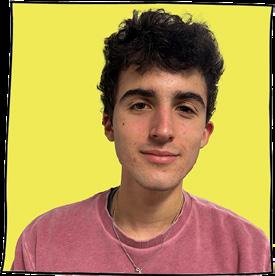
“Despite living in California where banned books aren’t a significant issue for me, I’m concerned over the removal of impactful literature like “Fahrenheit 451” and “Lord of the Flies.” These books have an educational value for developing critical thinking skills. Banning such literature regresses society by limiting children’s learning opportunities. As a part of the ComAcad team at Archie Williams High School, we shared our Opinions on Pages 12 & 13. Enjoy!”

Send 3 images — high res jpegs or PDF’s winifred@fastforwardweb.com Deadline: November 23rd, 2024
ALEXANDRA NICKSON, HEAD OF TV MUSIC AT DREAMWORKS STUDIOS:
MUSIC TELLS THE STORY
FOOD IS NOT TRASH:
MARIN SANITARY — AN ENVIRONMENTAL LEADER IN OUR COUNTRY OPINIONS: BANNED BOOKS: ESSENTIAL OR EXPENDABLE?
THE ART GALLERY: MARIN ACADEMY
OPINIONS: KENT MIDDLE SCHOOL
ENVIRONMENTAL PAGE:
MARIN SCHOOL OF ENVIRONMENTAL LEADERSHIP
ART PAGE: FEATURED ARTIST— ZOE WELLS from REDWOOD HIGH SCHOOL
OUR PASSIONS: MILL VALLEY MIDDLE SCHOOL
GARDEN PAGE: MILLER CREEK MIDDLE SCHOOL GARDEN
MARIN BALLET
Amici’s Pizza
Branson School
FrameCrafters Gallery
Headlands Preparatory School
La Ginestra
Marin Academy
Marin Catholic High
Marin Horizon School
Marin Humane Society
Marin Primary & Middle School
Marin Waves & Track Club
Montecito Plaza
Mount Tamalpais School
Mill Valley Film Festival
Mill Valley Market
Ongaro & Sons
PAAM-Performing Arts of Marin
San Domenico School
Sloat Garden Center
St. Isabella School
The Good Earth United Markets



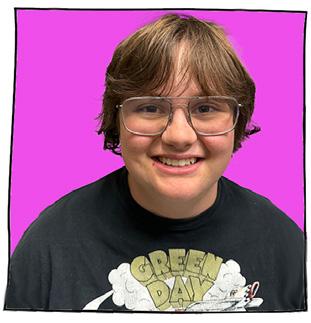











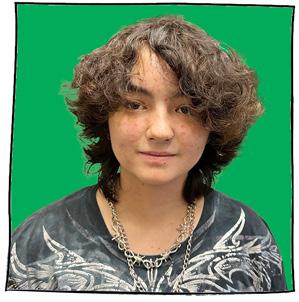
PUBLISHER: Winifred MacLeod winifred@fastforwardweb.com
Published by KidSpeak, Inc., Vol 34 #2 www.fastforwardweb.com M: 415.272.3569
ADDRESS: FastForward 775 E.Blithedale Ave #388 Mill Valley, CA 94941
CONTRIBUTING REPORTERS/WRITERS: Jackson Ahlemeyer, Joshua Bamberger, Coral Billisi, Corrina Bouligny, Reid Brandt, Lucy Bukowski, Josienne Campo, Chloe Carrade, Penelope Carroll, Ace Childs, Alex Chupo, Aine Cleary,Teagan Corey, Amelia Cuthbertson, Melani Garcia, Cameron Gregiore, Josie Hayden-Smith, Adeline Heldfond, Hannah Hodgson, Drayson Jaffe, Stefano Ledesma, Madi Levi, Audrey Lowell, Coco Macomber, Desmina Marcus, Allie Marovich, Charlotte Martin, Elle Matza, Meadow McPherson, Rishan Nagashetti, Audrey Nikolaev, Lauren Olsen, Lucea Pettus, Roy Quass, Semira Robinson, Ty Ryan, Addison Schafer, Naomi Schulman, Scarlett Springfield, Ben Smulewitz, Finn Snekkevik, Emerson Swift, Mason Le
CONTRIBUTING ARTISTS: Reina Buchanan, Mateo Hernandez Contreras, Rhodes Fitzgerald, Stella Fowler, Katherine Grant, Gregory Kane, Otto Lauren, Dahlia Lopez, Mikhall Maslakov, Rae McKinney, Indigo Prasad, Dylan Roth, Cyrus Roley Shirani, Makena Tedford, Brooke Townsend, Zoe Wells, Sophie Wenner, Jasmine Wood

MTS middle school students can partcipate in Mathletes, a morning club offered on Tuesdays. Teams practce once a week to prepare for four Mathletes compet tons hosted by the Marin County of Educaton. Compet tons consist of five individual problems plus five team problems. Students learn problem-solving strategies and tools for working with precision and speed. MTS has partcipated in Mathletes for over ten years, and the club is overseen by seasoned MTS teachers Dave Baker and Gerry Guarriello.

Check out our Shop & Give Donations Program — Select your favorite charity and we’ll donate 2% of your total grocery receipts.
MON-SAT 7am - 7:30pm SUN 9am-7pm



Every time we watch a TV show or a new movie,
sound envelops us in its world. From measured silences to tumbling roaring orchestras, sound enhances the viewing experience of every piece of media we come across. But who makes the music that is so important to art? Is it one person, a whole team of them? Who is responsible for this part of the art?
Alexandra Nickson works from a colorful office in Los Angeles, overseeing this process as head of TV music at Dreamworks Animation. In the back of her office a sign reads, “No Kids Music, just Great Music,” illustrating her inclusive and fun philosophy. She’s been interested in music for years: she remembers begging her mom to play the violin but being told no because she would never stick with it. Luckily she also loved singing and realized her voice was her instrument, joining her school’s competitive show choir.
“I always tell people I was in the original Glee,” Nickson says. She attended the University of Southern California as a vocal major before switching to Music Industry with an emphasis in Business. That path guided her to a career in music supervision.
Today, for each television show DreamWorks Animation puts out, Nickson says, “Anything that music touches, I help oversee, help curate what the sound of the music is going to be.”
Combined with her busy career, Nickson teaches music supervision for film and television for both graduate and undergrad students at the USC Thornton School of Music. “People don’t realize that music supervision can be a career… I love teaching people that there’s other ways besides performing or what you thought you wanted to do in the music industry. This is just another avenue.”
Working on projects like Kung Fu Panda, the Series and Trollhunters: Tales of Arcadia, Nickson views the music of every project as “another main character of the project,” emphasizing how it highlights the emotion in every scene. She explains that “music tells the story,” even with silences changing the way audiences understand the show.
“The best scores are those that you don’t notice,” she says. “Like, you’re not noticing the music, but it’s telling you to feel a certain way.”
Nickson doesn’t create every show’s music herself, though, instead she curates a team for each show, hiring everyone from songwriters and singers to producers and composers. For ten years she has been pushing the envelope on just how to build creative teams within DreamWorks Animation.
Her process thrives on one thing: letting the music speak for itself. In an interview with FastForward reporters, Nickson spoke fondly about working on Kipo and the Age of Wonderbeasts, one of her favorite projects with its gorgeous purple-toned animation and inventive style.
For the project, Nickson’s process began in a meeting with showrunners and other DreamWorks studio executives. They built a creative palette for the series, bouncing ideas around the room until they landed on the ideal look and feel of the work. Music took central stage in this project.
“Our executive producer was such a music head,” Nickson says “The project was based in this music/song production space,” and they landed on “an indie Lo Fi hip hop electro score,” Nickson says.
To pull their idea off, they would have to find a composer able to navigate the intersection of four different genres. It was a difficult task, but Nickson was up to it.
Her next step was to send out a brief or announcement to as many composers as possible, asking them to submit a clip of music. Nickson then combed through every clip, searching for something that would fit that bill. Her team narrowed it down to 10 finalists.
All of that was more or less industry standard. It was time to put their signature twist on the selection process. They made it anonymous, stripping the names off of each clip and sending them blind to the show runners.
Once they narrowed it down to three, they brought them into the office to make music for part of the show. One submission, Nickson says, “spoke for itself.”
Daniel Rojas, a composer from the song production space, squared off against other industry professionals in a heated selection process. Rojas had never worked on a television series before or scored his own project, but “Daniel’s music was incredible,” Nickson says. “He had this kind of Labyrinth feel.” She said it reminded her of the score for the American television series Euphoria.
But it was not a done deal. Others on the team wanted to go with a more experienced composer — someone they already knew. Nickson fought for her process, making their final submissions anonymous once again. “(In the end ) it was very clear. Daniel was the winner,” she says. “We were able to hire Daniel and give him this opportunity.”
Nickson smiles, reflecting on the work Rojas created. “It’s one of my proudest projects I’ve ever worked on.”
Today, Rojas celebrates his identity as a Chinese-Costa Rican composer as part of Universal’s Global Talent Development & Inclusion Initiative. He continues to score feature films and television shows.
Nickson champions inclusion in every aspect of her work, ensuring that DreamWorks Animation’s scores celebrate the roots of each show and uplift artists for their work as opposed to their connections.
Nickson hopes “for this business to continue to work with diverse talent,” and she looks to the future: “We work on evolving — who’s the next composer who’s going to create something that’s really amazing?”
No matter their background Nickson is looking to supporting them.


“The best scores are those that you don’t notice. Like, you’re not noticing the music, but it’s telling you to feel a certain way.”

By Josie Campo and Cameron Gregoire, Marin School of Environental Leadership, Juniors
LOCATED IN THE BEAUTIFUL ROLLING HILLS OF MARIN COUNTY lies one of the first companies to offer curbside service in the recycling industry. Marin Sanitary Service was established in 1948 by five Italian families, Garbarino, Segale, Zappetini, Marconi and Zanotti. The company began as an enterprise that hauled garbage bags through San Francisco, but the Garbarino family realized that people weren’t reusing and recycling as many items as they could be. When Joe Garbarino, the current Chairman and Co-founder of MSS, was offered an area of Marin County to start the waste collection, he followed up on the opportunity and the families left San Francisco to start an effective garbage service. Throughout many years, Marin Sanitary Service has evolved into a comprehensive waste management solution provider. Nowadays, MSS leads the way in environmental sustainability initiatives around Marin County, setting an example for the rest of the country.
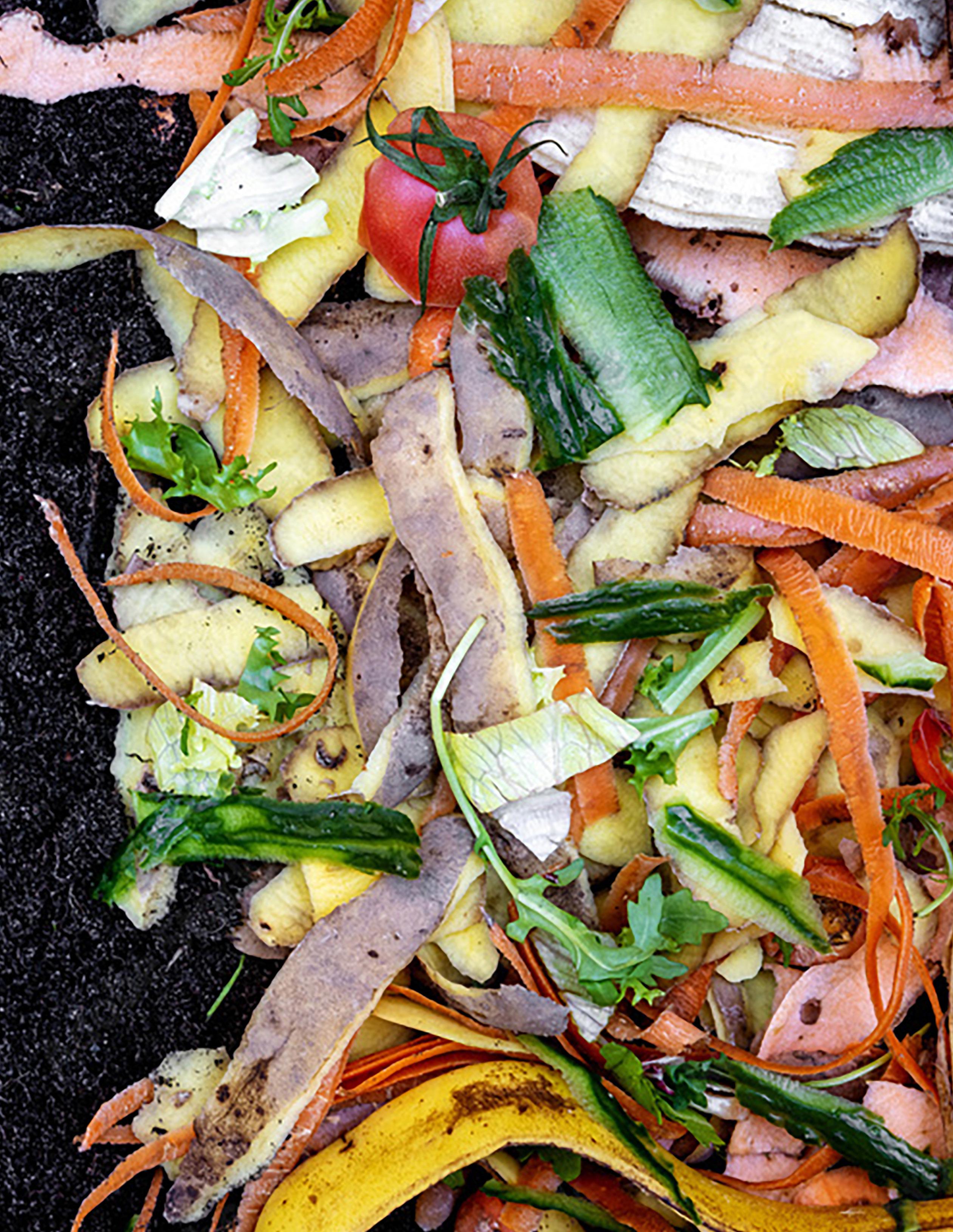
As an environmental leader, MSS has a big goal for the future: assisting their customers to reduce waste and divert materials away from the landfill. These Zero Waste goals were proposed by the Marin County Board of Supervisors.
By decreasing waste and optimizing recycling, consumption will be reduced, which allows for products to be recycled and reused back into the environment and economy.
More than 74% of Marin County’s waste has been successfully recycled thanks to the generations of families at MSS’s dedication and hard work.
In addition to zero waste, MSS wants to spread the word of “Food is not trash” to stop the influence of throwing food into the trash can. When there is old or moldy food in the fridge, one might think it’s best to throw it away in the garbage.
vehicles. Wasted food from municipal solid waste landfills comprises 58% of methane emissions. So as food goes in the trash, we continue to heat the environment.
Humans can make a positive change and impact by sorting, and MSS aims to have all of their residents effectively separate their food waste from everything else. Food should never go in the trash, it should be placed in the green can. This process can be seen at MSS, where trucks go house to house every day picking up waste and then sort into the three divisions: a Transfer Station, a Material Recovery Center, and a composting facility. MSS is a hauler, and they operate a Transfer Station, where the garbage they pick up from people and businesses’ garbage containers is stored before being trucked to the landfill in Novato which is owned by
WMEarthcare to be composted. Items that are not in a bag get sorted by both machines and people. In the recycling center there is an A.I. powered machine that sorts colored paper from white paper, as well as people sorting recycling by hand at rapid speed. These workers sort milk jugs, cardboard, plastic bottles, and all other recyclable items.
MSS processes food scraps from restaurants by sending them through a machine called “The Tiger,” where clear plastic bags are removed. This food slurpy is then trucked down the street to the Central Marin Sanitation Agency to be anaerobically digested so the methane can be captured and turned into clean renewable energy.
However, when food goes into the trash and is sent to the landfill, it produces methane; a powerful greenhouse gas that is a lot stronger than carbon dioxide. Wasting food in the U.S causes greenhouse gas emissions equivalent to those of more than 50 million gas-powered
Waste Management. MSS operates two Material Recovery Facilities that sort the recyclables picked up from our customers, and items that are dumped by the public at Marin Resource Recovery Center. MSS processes yard waste and food waste and then trucks that up to
We were given a tour of Marin Sanitary Service by Peggy Clark, a commercial program coordinator at Marin Sanitary. We were shown each division of MSS and the differences between them.
While in the recycling center, we were able to see cubes of recyclable materials waiting for their turn to be turned into something new. We also saw the workers sorting all the recyclable items at unimaginable speeds. These sorted items were then sent to the baling machine to be turned into cubes of recyclable material.
In the Marin Resource Recovery Center, we observed multiple trucks, both commercial and personal, coming in and out of the center dumping piles of garbage into the recovery center. These trucks dumped out items like dirty mattresses, single use plastics, and bags of garbage.
The compost facility was similar to the landfill, as trucks were unloading waste into large piles, but the difference was this waste was all organic waste. Food waste is separated from other organic waste and put into “The Tiger,” where it is de-packaged. To be completely composted, all of the other organic waste is delivered to a larger facility that specializes in composting.
Excellent recycling techniques were displayed by Marin Sanitary Service, which also gives a positive example for how we can care for the environment and take action to safeguard it.
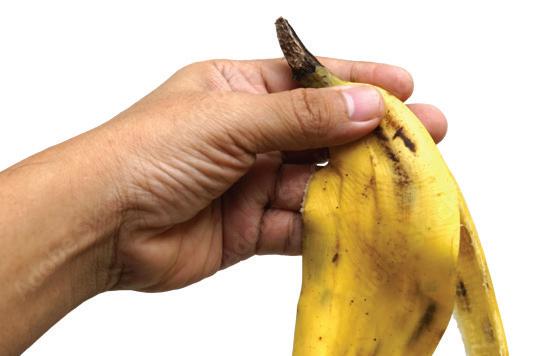
• Environmental Protection Agency data show that food waste is the single most common material landfilled and incinerated in the U.S., comprising 24% and 22% of landfilled and combusted municipal solid waste, respectively.
• An estimated 58% of the fugitive methane emissions (i.e., those released to the atmosphere) from Municipal Solid Waste landfills are from landfilled food waste.
Check out our Free Educational Programs!
4R Planet Educational Programs help districts, schools, and classrooms to develop comprehensive waste reduction and recycling programs with virtual and in-person resources.
• The Material Recovery Facility accepts all types of materials, which utilizes state-of-the-art equipment to retrieve all recyclable materials, with the facility reporting diversion rates up to 73% as of Q4 2023.
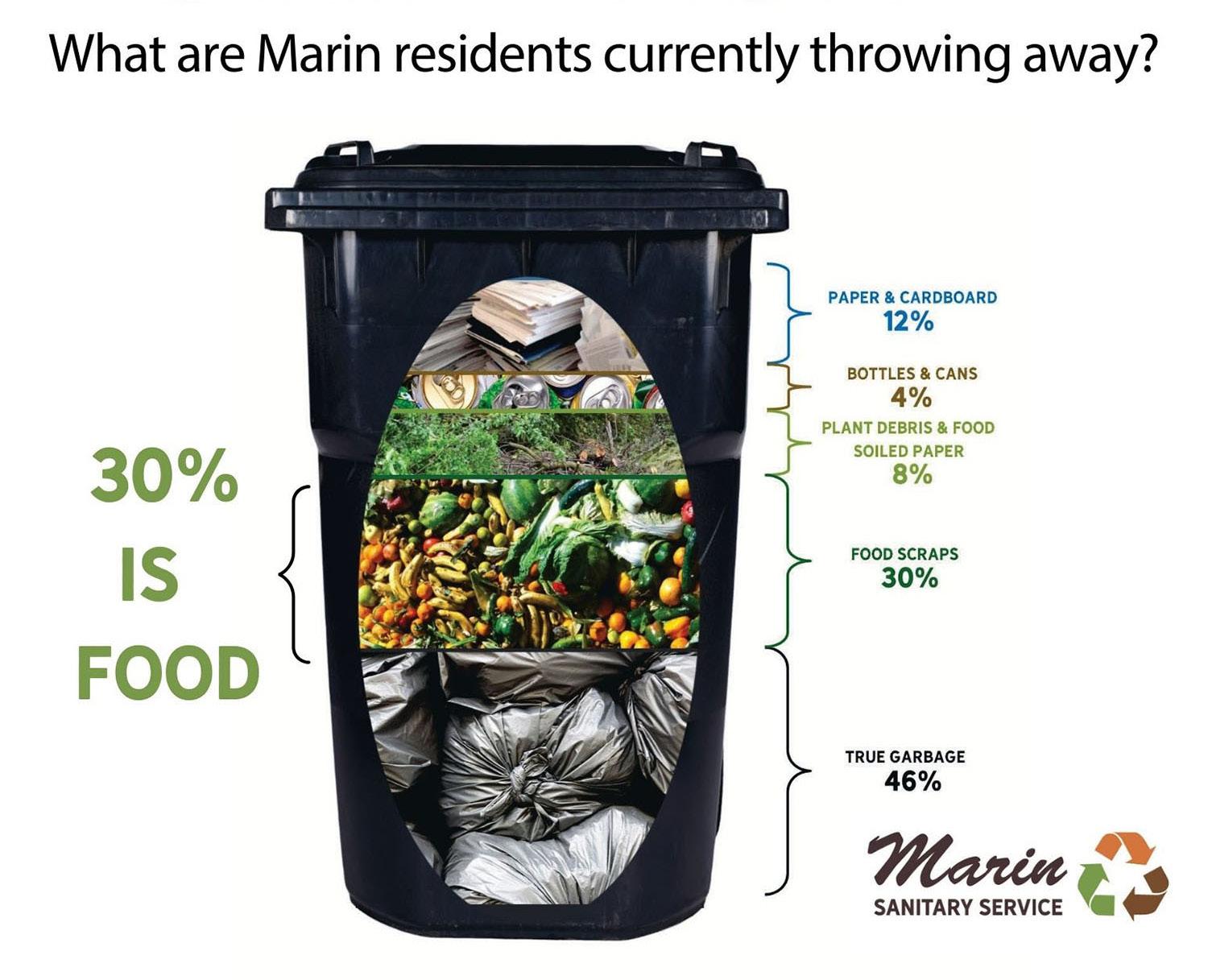
We can provide you with the tools you need, free of charge, to implement successful school recycling programs and comply with California state law!
• Virtual and In-Person Training for Staff and Students
• Virtual and In-Person Tours of our Recycling Center
• Guides, instructions, and worksheets for Waste Activities
• Compiled lists of articles, games, and lessons that can be done in the Classroom or at Home

Scan to view our Free Educational Programs!

Ace Childs 17, Senior

I think the banning of Where the Wild Things Are is just simply idiotic, to say the very least. It’s a very harmless, unproblematic children’s book that was, and is, absolutely still my favorite children’s book. It was read to me every single night. I asked to have that read to me every night — it was always there. It’s so absurd to be banning that.
It’s a li le like delving into the imagination of a kid who’s just being themselves at home. It’s a book that encourages being yourself and being this wild thing that every person is. Denying young children this first step in to self-exploration through this book is just baffling. I don’t get it.
Lucy Bukowski 17, Senior

All books hold immense value, especially the books that are being banned, as they provide insight into experiences that might be drastically di fferent, or, for the first time, offered the feeling of being truly understood. Books have always been among my favorite things, and I’ve earned the reputation of being a proud bookworm. I love how real the characters are, exploring new topics and further being educated and informed on the world around me. Books help teach me empathy, diversity and passion.





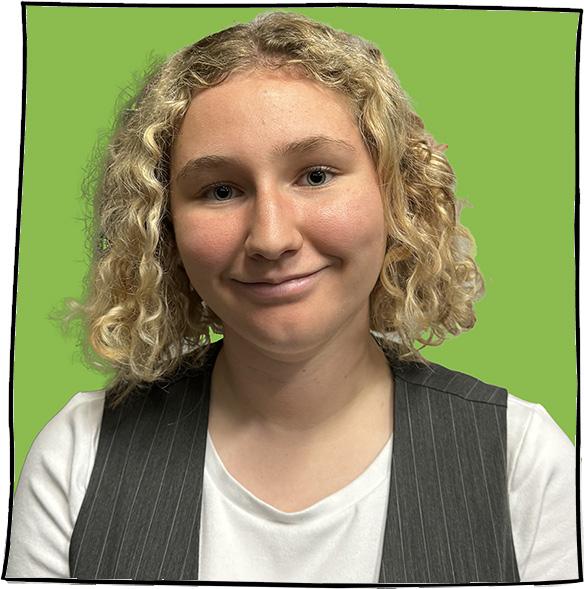
Reading books is one of my favorite things to do. I think that banning books takes away a person’s freedom, which is something that the people banning the books seem to think is the most important American value. All of the books that are being deemed questionable and inappropriate and banned teach something these book banners do not like — like the awkwardness of being a teenager, what a war does to someone and how to be a decent human being. Is this the freedom they want?
Alex
Chupo 16, Senior

I think that some of the books being banned right now are teaching di fferent perspectives on the world, and I think that’s really crucial. These books also teach children multiple literacy skills that they’re going to need when they grow up. For me, I think Charlo e’s Web was one of my favorite childhood books. And I’m really sad that it’s being banned right now because it’s one of my favorite books that I really held on to, and I still remember.
Roy Quass
17, Senior

I’m lucky I live in California, because banned books don’t impact my education as much as kids in other states. Seeing in the news and hearing about all of the di fferent literature being banned in some states, some of the literature I read when I went to elementary and middle school included: books like Fahrenheit 451 and Lord of the Flies. I remember reading the Lord of the Flies when I was in middle school. I remember, even then, when I was just learning to think and read and kind of critically challenge myself, Lord of the Flies was an incredible tool for me, an incredible learning opportunity. And to have that opportunity taken away — for reasons such as its content — will certainly impact some kids. There is graphic content in many other books. I think we lose so much and regress so much as a society by taking away learning opportunities in any form for children.
Ty Ryan 17, Senior
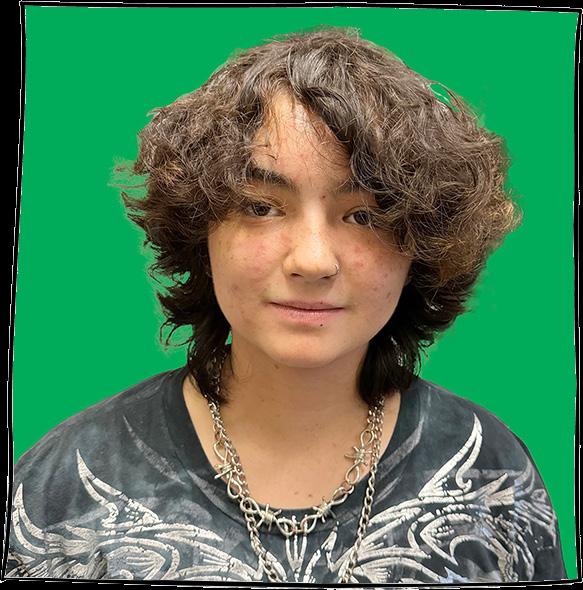
My li le sister, a middle school student, was telling me how she was looking for a book called Ghost Boys, a story about African American children and people who were murdered. She told me that she found out the book had been banned because it was making white students uncomfortable. I think it’s really important to highlight issues, especially in digestible ways for younger audiences – for ages 12-13.
By banning these books, you’re silencing voices that need to be heard. Another book that was banned was originally called George, now it’s called Melissa. It’s the story of a young trans girl, going through life, sharing her experiences, her fears and how she overcame them. I think it was one of the top-five most banned books in 2020.
I’ve read the book myself. It highlighted a person’s life and the trials that they went through. It wasn’t overly sexual. It wasn’t overly perverse, despite the accusations of some. I think that this is a story about another person’s life — a trans person’s life — and we shouldn’t make people’s lives into some twisted, perverse, scary thing for other children to be afraid of.

Growing up, my mom had a huge emphasis on learning about growing up. My mom felt it was important to learn and talk about uncomfortable things. This led to us having power in situations that normally someone our age wouldn’t have knowledge of, and it gave me a greater understanding of the world and how it works. Those discussions led me to be the person that I am today. Banning books goes against everything that I believe in.
The Marin County Free Library’s Mission is to provide welcoming, equitable and inclusive opportunities for all to connect, learn and explore. A core strategy to achieve our Mission is providing resources and information that will help build equity in our community. » marinlibrary.org



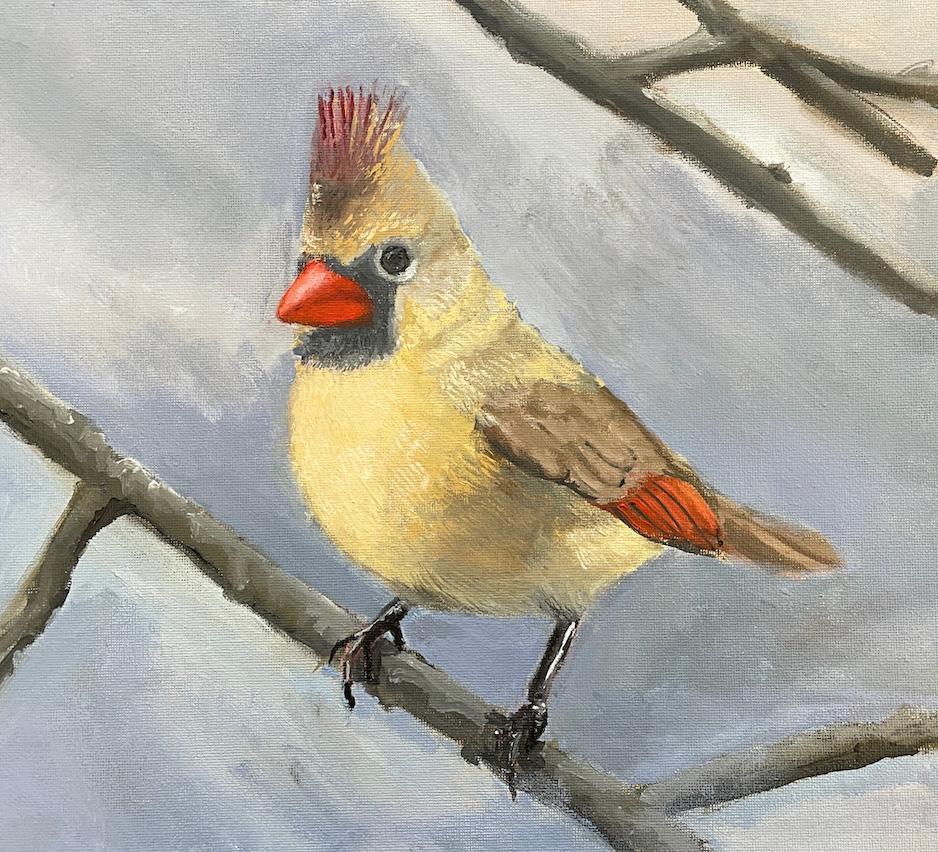
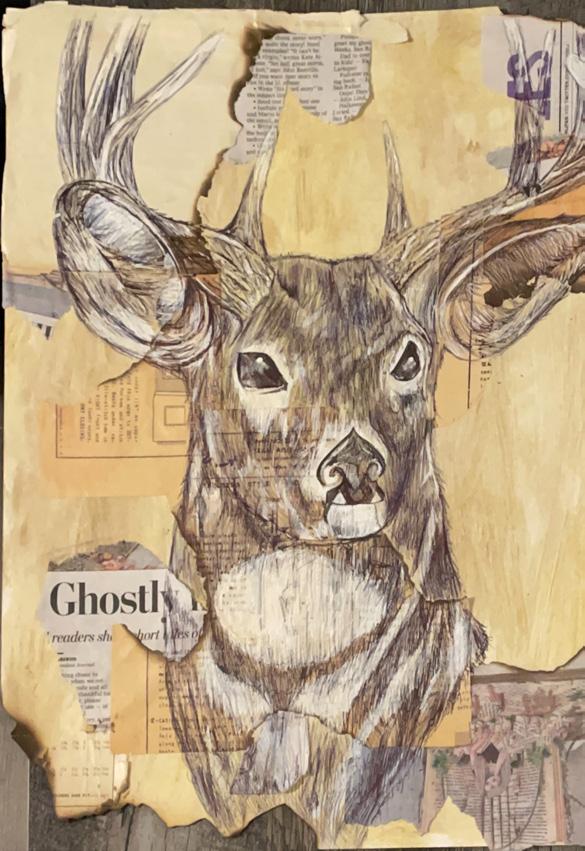











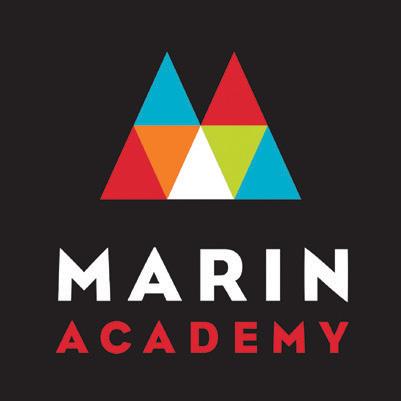







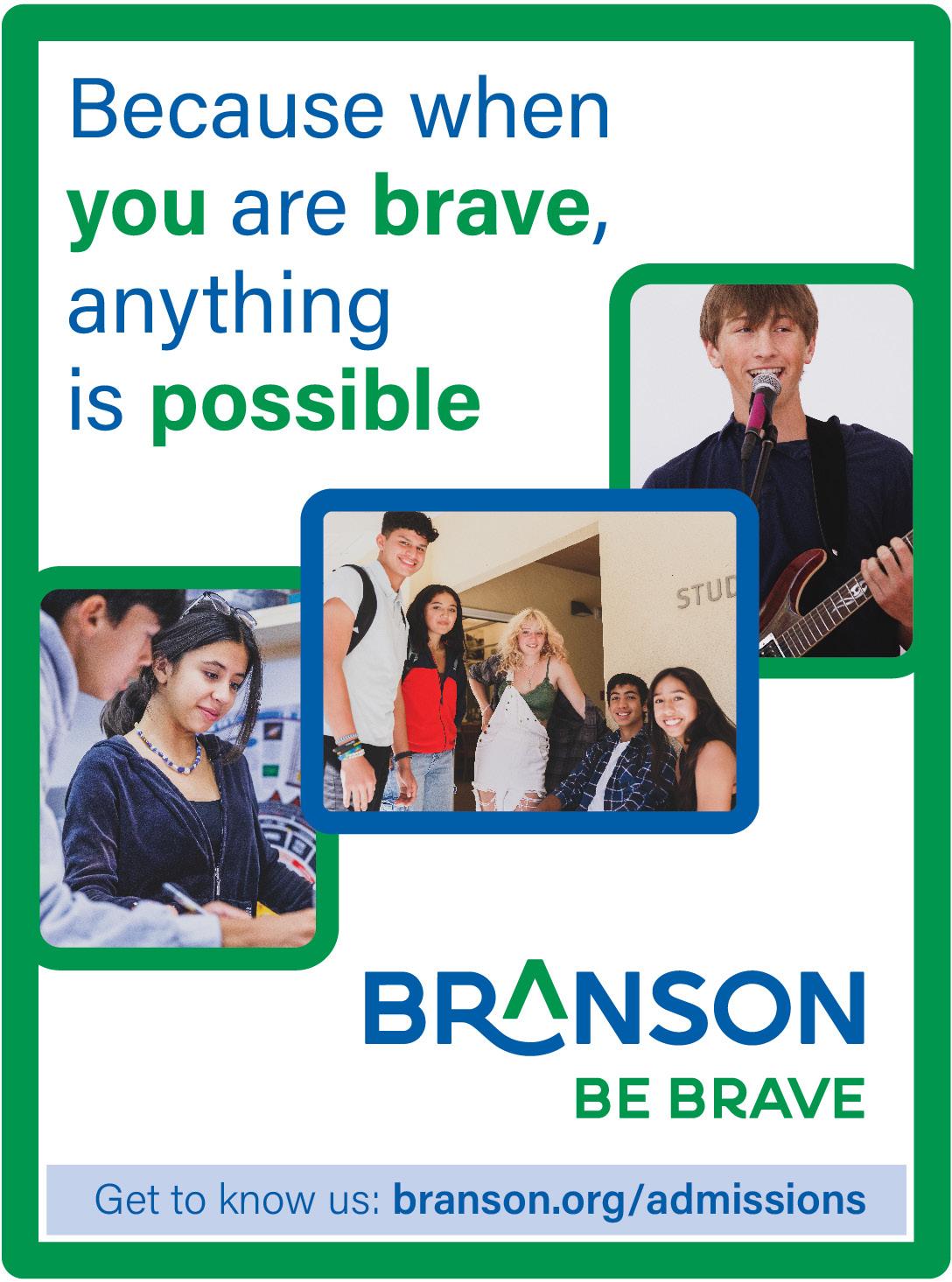

Entry points in kindergarten and 5th grade
MOUNT TAMALPAIS SCHOOL K-8 School in Mill Valley | mttam.org



By Naomi Schulman, 8th Grade
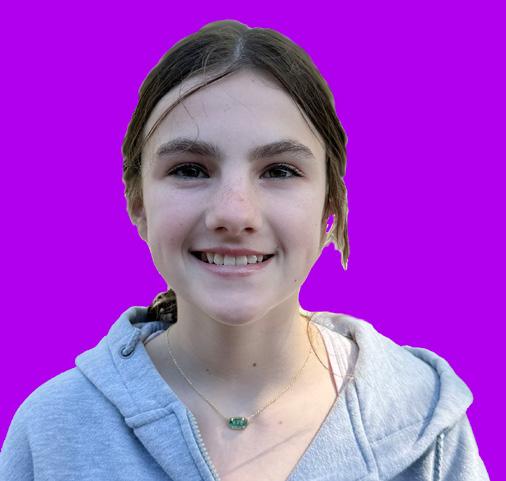
Having a pet can teach you many things and help you learn more about paying a ention to someone else’s actions/ feelings. Kids can definitely benefit and learn from having a pet because having responsibility teaches us. Making sure your pet is fed, and making sure your pet gets exercise can also help you later in life with knowing how to meet your own or others’ needs.
Pets can help you mentally. If you are ever feeling sad or angry, a pet can always support you and make you feel calm, safe, or loved. One example of kids benefiting and learning from having a pet is my younger sister. My younger sister used to have a pet fish. She learned how to clean its tank, feed it daily, and make sure it stayed healthy. Now she will always have more knowledge on responsibility and making sure she’s meeting the needs of whoever she is helping. This demonstrates why kids can benefit and learn from having a pet.

By Aine Cleary, 8th Grade
E-bikes are bikes that are powered by electricity to help give you an extra boost when you ride. E-bikes are good for the environment because they help get you where you need to go in a short time without using too much energy. This is good because people enjoy riding bikes, and they don’t need to spend as much money on gas. Many adults have these bikes, but they are also owned by teenagers and pre-teens. It is good that younger people are ge ing on bikes every day instead of taking a car. However, some e-bikes young people ride are not average e-bikes and are even considered motorcycles. These bikes can go up to 25 miles per hour, and sometimes even faster. This can be dangerous when people ride these on the sidewalk going super-fast. There have been accidents
and people have been hurt and even killed. I have seen many teens ride their e-bikes on a sidewalk at fast speeds while there are people running and walking on the path. This is why many people are against teens riding or anyone riding an e-bike on sidewalks and walking paths. In my opinion, kids should only be riding e-bikes that give you a push, not bikes that are more powerful and go fast.
Joshua Bamberger, 8th Grade
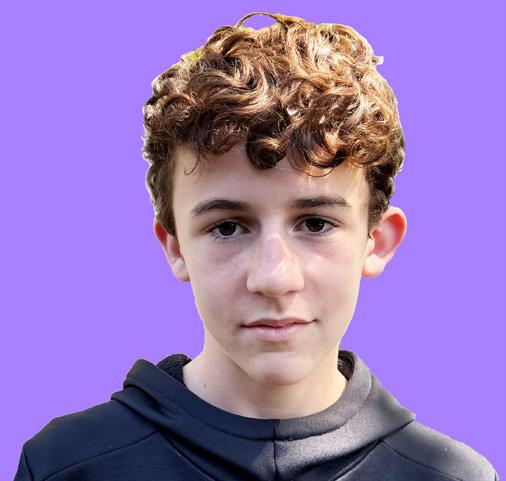
Do you feel that homework is not necessary? Or do you like ge ing extra practice on work you learned in school? I think kids need homework because classes are usually only an hour long and that is not enough time for a teacher to teach the concept and give students practice in whatever has been taught in the lesson. Homework is useful for teachers because it gives them extra time to teach a concept thoroughly. It’s helpful for students because it gives them practice, allowing them to more thoroughly understand a concept, helping them understand what was taught in class. Sometimes, I don’t completely understand something that was taught in class like math or science, but homework can help me understand a subject by giving me practice with it until I fully understand it.
By Audrey Nikolaev, 8th Grade

Have you ever played a sport where you felt at home? I have and I can confirm it is the best feeling ever. When I am playing a sport, I lose track of time because I’m right where I want to be. When kids play sports such as basketball, rowing, skiing, or volleyball, it benefits us so much both physically and mentally. It benefits us physically because we get our heart rate up, and we are exercising. Usually a er we exercise, the human
body craves protein and protein has so many nutrients in it that fuel the human body. The reason it helps us mentally is because whenever you are on a team that you feel safe with, you can learn so much from all the people around you. When you are on a team, you learn the purpose of having a team, the meaning of teamwork, confidence, and also trust. Being on a team with others builds up trust so that on the volleyball court you feel comfortable hi ing the ball to your teammate or on the track field you can trust your teammate to grab the baton and finish the 100th meter relay strong. A team helps to build our character. Being a part of a team is so important for me and it is one of the most important experiences I’ve have.
by Corrina Bouligny, 8th Grade
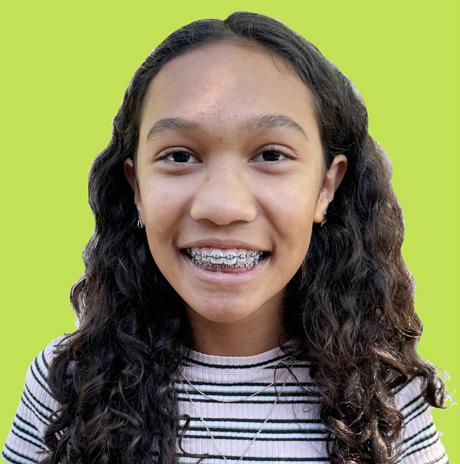
Do you ever enjoy hanging out with your pet? Do you like it when your pet sits next to you? Well, some industries are using animals just like our pets to test products they make and some of these products can harm animals. According to Cruelty Free International “An animal test is any scientific experiment or test in which a live animal is forced to undergo something that is likely to cause them pain, suffering, distress, or lasting harm.” This means that some animals are being harmed because of the lip gloss you’re wearing. Companies that use animals for testing are harming animals that deserve freedom against animal hate. For example, some companies like Dior, Mac, Bobby Brown, Dove, Clorox, and Vaseline all use animal testing. Animal cruelty is all around us and we should try to buy make-up products from companies that do not use animals to test their products.
By Melani Garcia, 8th Grade
I think money can and can’t make you happy. If you have money, you can buy things that make you happy— or you could use your money to help people and animals in need. You can also buy your family’s dream things, making them feel happy. You can go on your dream vacation, spend a lot of money on luxury plane tickets and have fun. I think this

sounds amazing, but there are some cons to having too much money. For example, you could have everything you ever wanted and then have no purpose for having so much money. You could have visited every city or state and be bored because you already went everywhere. Maybe you have accomplished every dream of yours, making everything seem too easy for you. There are always pros and cons to having too much money.
By Stefano Ledesma, 8th Grade

I think you should be able to use your phone during school hours because it’s a good distraction from the hourlong lesson you just had. I don’t think you should use it while the teacher is teaching, only during passing periods, recess, and lunch. You shouldn’t take photos or videos of anyone during school. One time in school, I needed to call my mom for something important, but I didn’t have enough time to go to the office. I was late to class because the office phone was malfunctioning when my phone was fine. You could use your phone in the bathroom but that’s dishonest and it breaks the rules, plus there are serious consequences for using your phone without permission in school. Many kids use their phones either way in class, sneaking them while the teacher is talking. I don’t see any point in not using phones during school hours.
SHOULD SCHOOLS HAVE A FOURDAY WEEK?
By Scarle Springfield, 8th Grade
I think every school should consider a four-day school week. This would be very important for students and their education. Students could have more time for sleep and would have less stress. They would be more productive when they get back to school. Some people might say students
would not have as much learning time. One idea would be to have Friday (the day off ) as a day teachers could still be at school; students could come in between 9am-4pm. This is where students could get time for projects, assignments, and ask questions about schoolwork. It wouldn’t be mandatory for students to come in, they would only take a slot if they needed help. Another reason why we should have a four-day school week is because students would have more time to be more productive and be social with friends and family. We could find new hobbies and make new friends. This is why I think we should have a four-day school week.

By Desmina Marcus, 8th Grade
Playing competitive sports gives me exercise every day. I also get to meet a lot of kids who share similar interests. Kids learn to be leaders on their own team, and this is an important skill to learn. Competitive sports also creates a safe environment for kids to play and have fun, as well as learn a sport that they enjoy. If kids have a fun and safe place to clear their head, stress and sadness go down. When I started playing so ball, I didn’t know anyone on my team. Now I have formed some tight bonds with my teammates. In competitive so ball, I get two hours of practice every day and at least one hour of conditioning. This helps a lot with my mood and my health. Ever since I started playing competitive so ball, everything has been be er for me.
By Addison Schafer, 8th Grade

have a big effect on us now and when we get older. If you want to be something that your parents say is “bad” or “hard”, you may have less chance to get there and may be less likely to pursue that career. Once at dinner, I told my mom and sister what I wanted to be when I grew up. My sister scoffed and said, “That’s a really hard job and there’s a one in a million chance you’d get it.” My mom agreed with her. That made me so sad and I started to rethink my plan. But when my mom came to say goodnight, she told me that I might be that “one in a million” and that made me so happy.
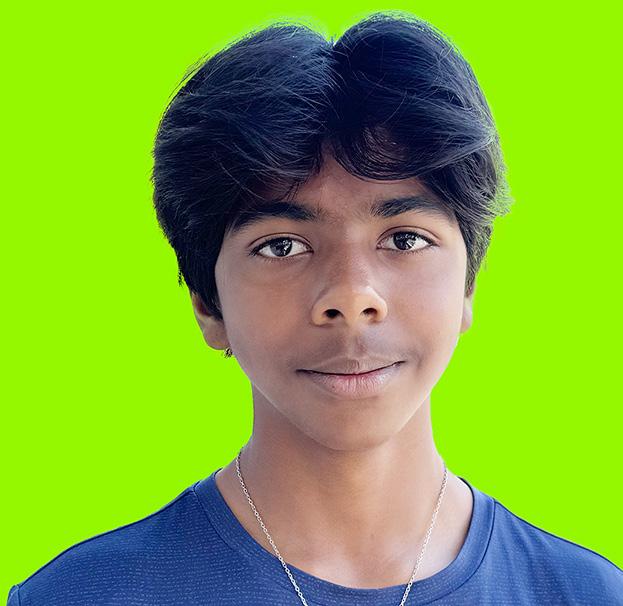
By Rishan Nagashe i, 8th Grade
There are kids in my school who don’t choose friends who care and make decisions that cause them to go down a worse path than they have to. They might choose friend who are bullies to other kids or who do bad things like stealing or arguing with teachers. Sometimes, I see kids who are struggling with family issues which are affecting them at school, and they end up make bad decisions. I have empathy for their situation, and I try to help them with a problem. I try my best to just be a friend. Being a friend is important, just listening to others and showing I care. That is what I try to do.

By Teagan Corey, 8th Grade

Do you think about what you want to be when you grow up? Do your parents a ffect your future choices and actions? If your parents give to charity, you might be more likely to do this as well. If your parents complain about work and fight a lot, you might go off with friends. I think our parents can
I think it’s important that in all school environments, kids feel safe and comfortable to be themselves. No one should ever be hiding issues or be scared to come to school. All schools should do things to support kids feeling secure and comfortable. I really like my school because for example, if someone’s ever feeling uncomfortable, our teachers and those in charge are good at communicating and coming together to solve the problem. All schools should be this way; our school is a great model for how to do it. One thing I’ve learned, is that no ma er what, we can always do more to help people and make them feel safe and happy.


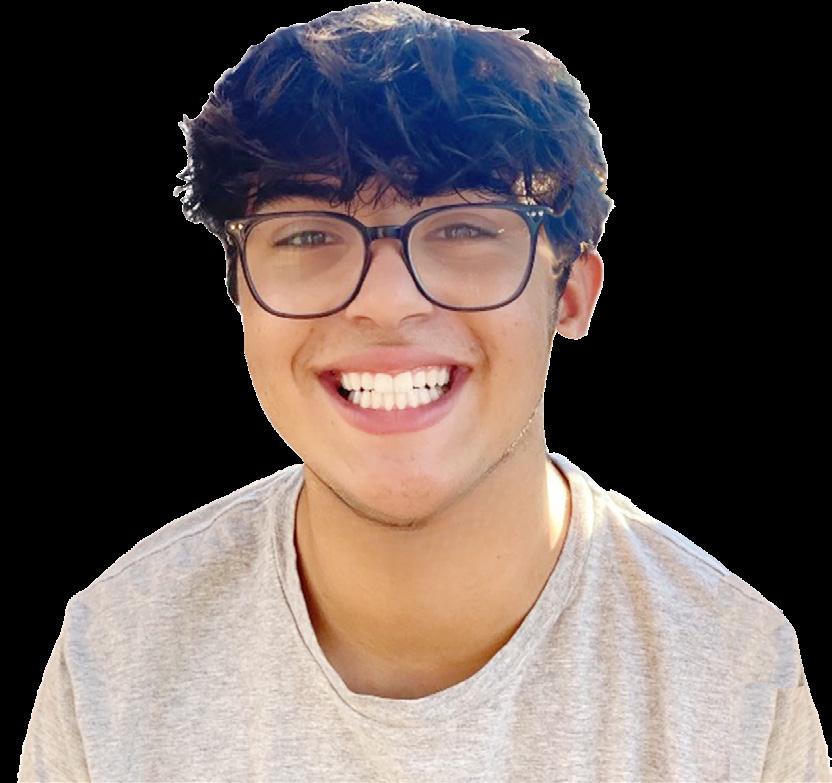

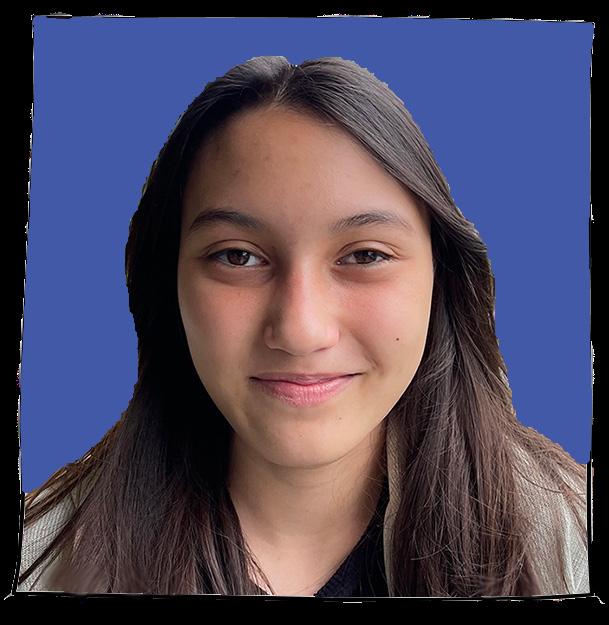
Junior year is a busy year for most high schoolers, but for MarinSEL students, it means junior businesses. These companies are formed and run by student groups of three — creating opportunities for us to develop leadership skills, take risks, and hopefully succeed in our business ventures.
A er starting up, we operate for a few months under the guidance of Tim Wat, a College of Marin business professor. As groups, we compete tirelessly for titles such as “most profitable” or “most equitable” to earn prizes and recognition at the end of the year.
A er the school year ends, some of the businesses stay open, and continue to sell a erwards. It’s one of the highlights of the program, and a really great way to learn about sustainability and the actual logistics of starting and running a business that is also environmentally sound. As exciting as the experience is, it’s also very stressful. There’s a lot to be said about the whole deal, predictions about our class and our ideas, and how this year might be different from those previous.
There tends to be a bit of similarity year to year in terms of what projects are approved to move forward — typically hygiene products, non-perishable food items, plants, repurposed or recycled materials. So, coming into the projects, our class has a lot of preconceived ideas about what the businesses will look like. It’s also well known that the class is very rigorous and time consuming. But we all know this class ends up being a very valuable experience. It’s a college class, and the workload agrees.

There’s a lot of excitement about this project circulating through the class. It’s very different from anything we do in school. The hands-on, ni y gri y aspect of the project is very a ractive to us. It’s also an opportunity to interact with the real world of economics, even if we’re not keeping the money. There’s a shark tank of sorts held this month to choose the businesses, and as nerve-racking as it is, that too is very exciting.
As a class, we’re still coming up with our pitches. We ask ourselves: How will we finance the projects? Will everything work logistically? Most of us already have a rough sense of what we’ll run with. From keeping it simple with repurposed felt dog toys — to pushing boundaries with online sustainable retail, we have a wide range to work with. It’s safe to say that the MSEL junior business shark tank will be fascinating.

There’s a lot of optimism about the businesses. As a general trend, the students earn more profit year by year. With hope, our class will follow. We’ve explored the idea that projects can create tension and stress between students — considering the strenuous work days. Manufacturing and distributing products can damage relationships if the workload is not distributed evenly. Our class tends to get along, but under the pressure of staying afloat as a company, it will be important for us to strive to work together as teams.

We’re really looking forward to founding our businesses. They’re going to be a lot of work, but hopefully, they’ll be a highlight of our high school experience. We encourage you to check us out and show support by buying something!
The main thing that I learned in starting and running a business with my peers was how important team management is. If there’s a problem at the start, it has to be addressed early on, in the beginning. Our team had a very work-intensive project—but only two of us could sew. So, the balance shi ed in terms of who was required to spend more time creating product. It’s important to address the workload of how the product is going to be made and delivered— and what roles each team member has.
We definitely learned a lot about marketing, and a lot about desirability of products and what people like— and want. We also learned tips and ideas of how to market products. It was an interesting experience. I don’t think ours was successful, but the project taught us a lot.
— Hannah Hodgson, Senior











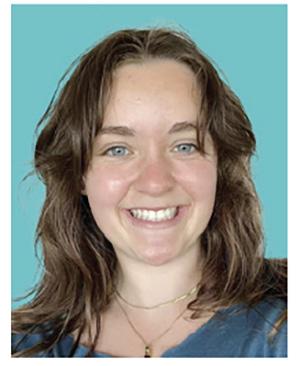






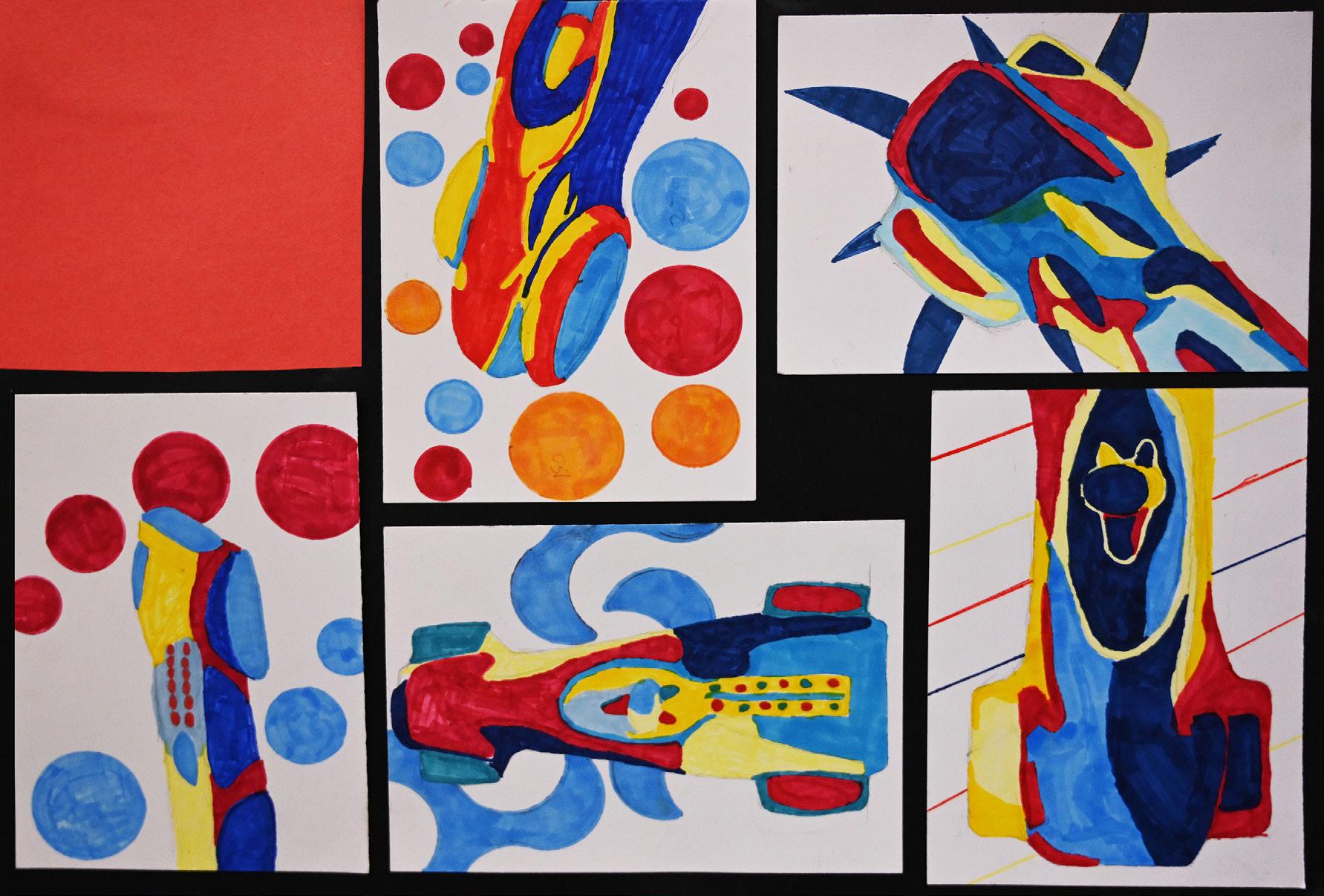
Perplexity
By Kasper Karbe
Pi is not the kind of pie that you indulge in on a Saturday while curled up on the couch. I’m talking about π, the kind of pi that intrudes your brain and confuses it as you stare blankly through your consciousness, standing perplexed by the infinite amount of numbers swirling in front of you. You look, you think, but you never know what happiness is…Thieves wash up on the beach of your brain like plastic bo les lying in the warm so sand. You see the bo le, you think about what happened to it, but you will never know where it came from or how it ended up right in front of you. Pi is the knowledge of not knowing.
Fishing
By Clark Collman
I am awoken by a slight clicking, which could mean many things. It gets louder between the different clicks. I look up and see the tip of the rod pointing down. There is a fish who took the bait. I run over to the rod and twist the drag wheel so high it would go no more. I set the hook, which starts the 30-minute fight. All I can do is wait for the
fish to stop pulling, the blisters on my hands bursting as I crank the reel. The wind blows against my face and bites my pale cheeks. I can feel the fish fighting and then suddenly it snaps.
5,6,7,8
By Parker Levinthal
Bright lights blind me like the sun rising out of its shell. The movements of flowing waves surf through my body. Pounding a thousand beats a second, counting 5,6,7,8. The strength of my body reaches to my toes, finding freedom in the space. The creatures watching magnetize towards me. Ending in joy, I hear the popcorn sounds of magical hands in the distance.
By Cal Byrne
Dig ging my foot into the dirt, and now I’m inside. The fierce look right across from me stares and nods. Patience, as every-
thing is frozen for a second. Then, blazing towards me comes an object at 65 miles an hour. It might seem frightening, but it’s all I ever wanted. I go at it with all of my strength, and then a collision. A loud noise pierces my ears, and there it goes. I’m running, I’m running, around to third, but I hear “Get down!” I dive like superman, and hit the ground, building up a dirt cloud. Safe. I am on third base. But right away comes another noise. Soon, I’ll be home.
By Gabriella McCarthy
You close your eyes taking deep breaths. You open your eyes but all you see are random notes on a page. You begin to play, and the so melody continues, you get lost in a trance. It consumes you as you see the music fly off the keys, dancing through your ears. As you press the final key, you take a breath and look up, as if a weight was li ed off your shoulders and all you can bear are notes playing in your head drowning out the applause.
By Claire Mille e
Your foot makes contact with the ball. You watch as it soars through the air. Perfectly hit. It streams into the back of the net. The goalie didn’t stand a chance. And then the rush. You just scored the first goal of the game. Your team engulfs you in a massive hug, overwhelming you with joy. You look at the coach sharing that sense of relief. You did it. Your team is hyped up now. We are going to win this, you think. The other team gets the ball at the kickoff. You feel the wet grass stuck to your legs, but you don’t care. The ref blows the whistle. Time to win this, you think as you start off sprinting. It’s not over yet.
By John Allen
I take a bite and feel an explosion of color on my taste buds, like the tacos are painting a picture on my tongue. The flavors


dance in my mouth, like how an artist lets his watercolors soar on a canvas. Once the burrito enters my mouth, I am taken away to another place of enjoyment where the chilly water rushes past me as I dive into the pool. Splash! I am like an arrow flying through the air, washing over any hunger that remains.
Surfing
By Madison Kathrein
As the wave washes below me I stand up, pushing my hands against the board. I steady myself and take a breath of the salty air. With the spray of the water glistening on my face, I hear the crash of a wave as it takes over the board, bringing me safely to shore. The seagulls circle in the warm summer breeze as the waves roll onto the sandy banks. I grab my board, pull it out, and throw the break. I slice my hand into the cool water and let it surround me as I duckdive through a wave. I surface and continue paddling, ready to catch the next one.
Baseball
By Logan Grant
The heart beats faster, faster than it wants… the break of leather meeting wood. The hammering in the chest as the ball dances towards the plate and the bat swings, cutting the path, keeping the heartbeat alive.
The Water Way
By Ella Ames
I dive slowly into the cool crystal water with the sunbeams dancing on the surface. Bubbles escape my nose like prisoners as I slowly rise to the surface, catching the faint sound of children screaming with delight. My hands enter in and out of the water like a graceful swan trying to swim to deeper water. My head moves in and out a er every stroke, taking a long, deep inhale before submerging itself back in. As I paddle my way, bits of chlorine get into my mouth, occasionally choking my breath. The waves glaze my skin just before I reach fourteen feet deep.
Baking
By Skyla King
My mom bites into the fresh homemade Oreos (that look nothing whatsoever like Oreos, by the way). Then I look back at the chaos that ensued in the kitchen. It started with me scrolling through recipes on my iPad, its keyboard still covered in flour from the last time I baked. I found a recipe for Oreos and immediately jumped up and started pulling down the glass containers of flour, sugar, and cocoa powder. I turned and grabbed baking soda then slid across the kitchen and yanked open the fridge for eg gs and bu er. I hurriedly pre-heated the oven and took out a cookie tray, which I lined messily with parchment paper. Then I combined the ingredients, my fingers ge ing covered in sticky dough. The smells of chocolate and vanilla wa ed through the kitchen as I washed my hands for the fi een-hundredth time. I rolled out the individual cookies and popped them in the oven that had beeped a er reaching 350 degrees. I turned around, my satisfaction quickly turning to despair. My kitchen was a mess.
Hiking with My Mom
By Max Messner
I feel free underneath the towering redwood trees of Mt. Tamalpais. I look to my le and see a lush meadow with deer peacefully chewing on the dense, moist grass. I look to my right, and there it is, beautiful Mill Valley. Over there, that’s where I go to school, and there, that’s my favorite pizza place in town, and there, that’s where I will go to high school. I love the way the gravel feels on my feet, it gives them a massage. The air in the forest is pure, crisp, and easy to breathe, and its energy clears my mind.
Continued on Page 26
Ms. Suzy Anderson’s students
Truly winning in a race needs no competitors.
There is something open in the world for everyone.
Everyone you fight will not always be your enemy, and everyone who fights for you will not always be your friend.
One day when I wake up, they will be gone.
You never saw your parents grow up; only to us, they are adults.
Ben & Jerry’s is the best ice cream. Animals are better than therapists. The Giants will spend $500 million and still finish late.
When there is dew on the grass, it will not rain that day.
Jeffrey’s is the best burger place. Books are fears for our world.
Waves in the ocean are just ripples in a lake.
Baking is the best hobby for a friend to have.
Everyone can relieve stress by breathing in air from the Redwoods.
To win you have to be a different animal and the same beast.
Hard work will never be outweighed by skill.
Dogs don’t have a concept of time so no matter how long you leave them alone, they think it’s an eternity.

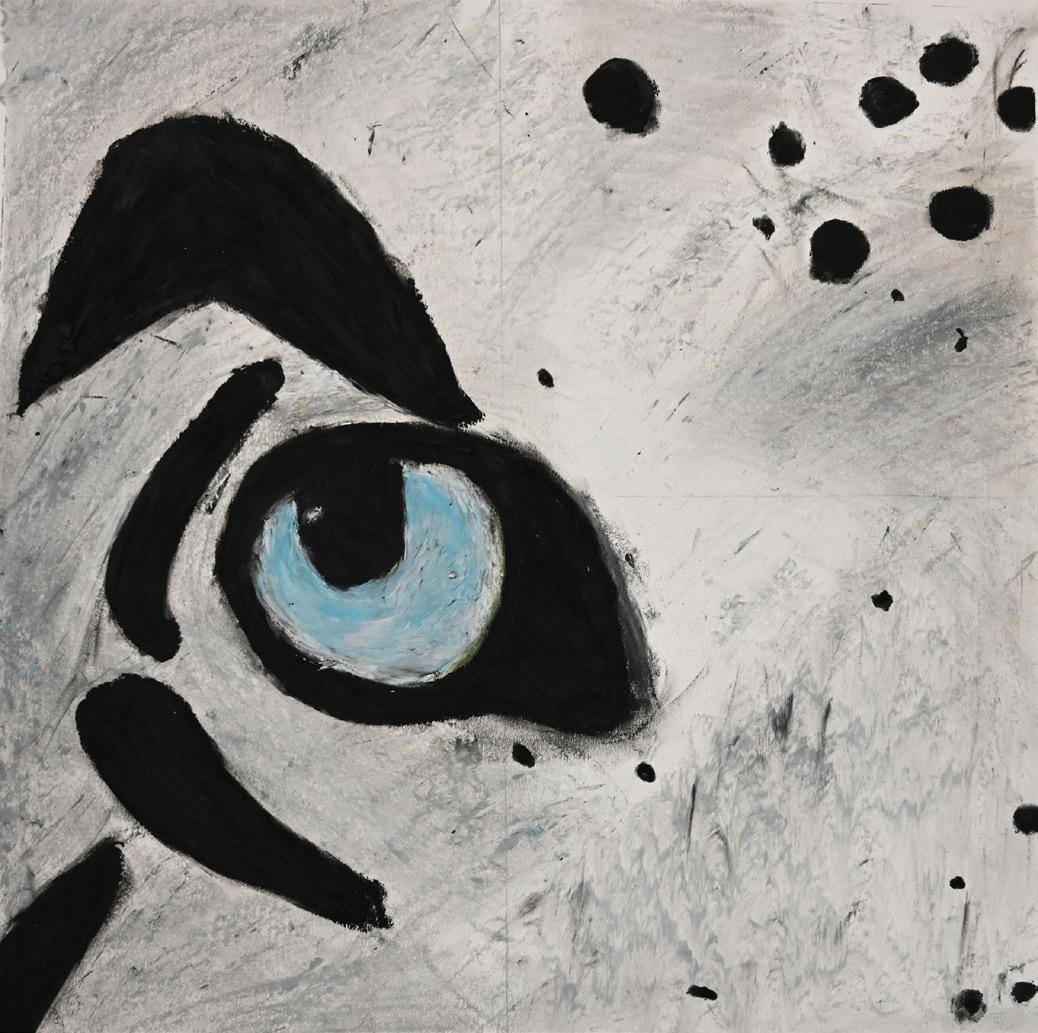
Students wrote about Emotions
Happiness Is
By Luke Hamer
Happiness is opening a box of six-piece chicken McNug gets and finding an extra nug get. Happiness is when you finally catch a fish you’ve been going a er all day. Happiness is when your plane lands a er an eighthour flight. Happiness is when you realize the ad before your movie has a skip bu on. Happiness is all the li le things…
Anger
By Lauren Pla
Click by click the fire is set, ready to ignite a bomb in my head. Irritation and sadness swirl in my head. My hand starts to clutch my fist ready to punch the person in front of me. Ice water at the top of a glass - as more water builds up it starts to flood. My head is like a storm. I snap, I kick, scream, I cry. an overload of feelings dancing around me. I breathe in and out seeing if it helps, yet nothing happens. It feels like I’ve had 50 Red Bulls as my energy level skyrockets. But with that comes a crash. I se le down, but the flame in my head still burns bright.
Joy
By O o Laurin
Joy is a mosquito that won’t leave me alone. No ma er where I go it always seems to find me. Sucking up my blood with its needle. In return, I get a horrible disease. It makes me hyper to the point where I have no energy le . A sharp adrenaline that runs out fast, bringing on a stinging pain, ruining my day. The mosquito then follows me around, waiting until the next time to strike.
POV: Social Anxiety
By Avery Eberhardt
Anxiety is a shapeshi er, a shadow, a snake. She stands in front of me, closing me out, forge ing me and feeding herself. She cuts
me off, I never get to speak. She says one word and I rethink everything. She says nothing and I crumble to pieces. Who am I? It’s all I ever do to please some non-existent yet ever-present entity. If I open my mouth, anything I say is wrong. She thinks so, too. “They don’t care about you, they’re just pretending,” her voice whispers in my brain. I’m in over my head, drowning. I want to call out but I know they’ll just laugh, just walk away, never waiting to see as I run to catch up. My fake smile hurts a li le more each time.
By Maggie Bray
The long winter holds new memories and people, the normal routine of a school day but with the new challenges as I get older and older. Once the days get long and the heat rises, the sweet smell of Nostalgia seeps through the cracks of my windows and sings an old song, one that brings me back to the years past. The years when we would talk every day and call overnight without ge ing worn out. Or the times we would try to stay up all night but would never make it to the morning. I didn’t think those days were over until Nostalgia hit me in the face and reminded me that it will never be the same again.
By Xavier Martin
Just when I thought I le Fear in the South Bay, he surprised me by secretly entering my brain again. I can feel him walking around and whispering in my ear. Every time I’m about to do something not scary at

all, he whispers in my ear and tells me why it’s scary, and at this point I don’t know who to trust. The voice might be my brain telling me to be careful, or it could be Fear, deceiving me. I realize that if I just don’t listen to him, he loses his power and disappears, but this time it feels like he’ll be here forever. And now, there’s another person at the door of my brain. Knock-knock. It sounds like Regret…
By Anna Chamie
Excitement follows me like a warm, bright shadow. I wait and wait with a sweet taste in my mouth for her to come and find me. A knock-knock on my door breaks the silence. Without waiting for me to answer, Excitement breaks through my door. A wave of sunshine blinds me and I feel bubbles bouncing around in my stomach. Excitement dances around the living room, forever reminding me of what’s to come.



Refectons
Nina Cunnan, Garden Teacher
love the ambiance and all of the adorable li le plants that we care for. My favorite thing to do is plant seeds.
— Lily, 6th Grade
The garden is so peaceful and calm, with a great atmosphere and fun things to do — Ezra, 7th Grade
There is always great food here in the garden and it is a great place to hang out with friends. — Kristna, 7th Grade like the garden because it s an ama ing place to stay during lunch with my friends. — Hank, 7th Grade love the garden because it allows me to be myself, embrace nature, and help the earth. The plant sales offer team work opportunites and the food we make with the plants we grow is uni ue and delicious. The garden is truly special — Liam, 7th Grade
The garden holds community within the school and allows me to connect with my peers through plants and food. — Alex, 7th Grade
like all the people in the garden. They are all so nice and we like similar things. — Sophia, 6th Grade





nited Markets congratulates all the teachers, staff and parents who help make it possible for students to discover the magic of dance. This year Marin Ballet will once again present its beloved full-length producton of utcracker, at the Center for the rts at ovato igh School in December. The students are preparing with hard work and long rehearsals for the oy of performing for the community in the magical producton, with ama ing ictorian costumes and sets. t is an enormous commitment, but it is so e citng to be able to e perience the payoff for the dedicaton, when they hear the applause and cheers from the live audience ringing in the holiday season.
The teacher and students share thoughts about ballet and dance:
The most e citng thing about being in Marin Ballet s utcracker is wearing beautful costumes and sharing the utcracker story with hundreds of people. — Elle Matza, 6th Grade love the utcracker at Marin Ballet because it gives everyone a chance to shine, and to e perience the oy of performing on stage. — Amelia Cuthbertson, 5th Grade love dancing at Marin Ballet because of how welcoming the community is. Coco Macomber, 8th Grade
The most e citng thing about being in utcracker is bonding with dancing friends through a magical e perience. — Chloe Carrade, 5th Grade hat love about performing in Marin Ballet s utcracker is that each year there s always a new e citng role for you to take on with your friends. Adeline Heldfond, 4th Grade love utcracker because of the ama ing music and the spectacular a enton to detail. am also so glad to be a part of this producton and the Marin Ballet family. — ucea e us, h Grade utcracker is such a fun e perience, and the students work very hard to learn the uni ue and imaginatve choreography. They also learn teamwork and en oy performing for our families and the public. — Mrs. Laurie Klein, Marin Ballet teacher for over 50 years